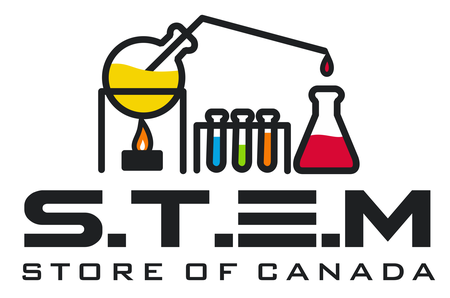As a mother of two middle schoolers, over the years I’ve been exposed to a plethora of educational terminology of which I readily admit I have limited levels of comprehension. Terms like “active learning”, “inquiry-based focus”, “kinesthetic learner” and “scaffolding” have been recently used by educators to describe my children’s current educational landscape while the new B.C. curriculum speaks of “core competencies” and “cross-curricular and personalized learning”. As parents, if we do not fully grasp all of these terms, how can we be confident we are asking the right questions in the right way? I worry about how we can effectively communicate with our children’s educators, decipher report cards or advocate for our children’s educational needs if we don’t “speak the same language”? As part of this blog, I hope to improve my understanding of the new B.C. curriculum and the terminology surrounding it and share it with friends and readers here.
One phrase often used by educators to describe my kids is “active learner”. A quick Google search yielded what seems to be a decent description:
Active Learning is, in short, anything that students do in a classroom other than merely passively listening to an instructor's lecture. This includes everything from listening practices which help the students to absorb what they hear, to short writing exercises in which students react to lecture material, to complex group exercises in which students apply course material to "real life" situations and/or to new problems. Paulson & Faust, California State University, Los Angeles, http://www.calstatela.edu/dept/chem/chem2/Active/index.htm
Indeed, in my experience, the kids seem to acquire and retain knowledge better by addressing topics actively. Being able to see and touch hands-on manipulatives greatly helps reinforce what they are learning in school. For example, last year my son was studying the Scientific Method and had difficulty with terms such as “Variable” and “Control”. To better understand their meaning, he set up a mini-lab with a simple science experiment and labelled each object, including the variable and control flasks. We had him describe each step of the experiment and what each item represented. This proved far more effective than having him simply memorizing definitions from a study sheet. In class, he could picture his mini-lab and each component in his mind when answering test questions about the Scientific Method.
A key reason behind why we created S.T.E.M. Store of Canada is to provide families access to educational toys, games, and other manipulatives to deepen their understanding in the areas of science, technology, engineering and math. The changes to the B.C. curriculum and the educational landscape across Canada seems to be moving towards increased active learning, especially within these subjects. As S.T.E.M. Store of Canada, we hope to develop products and mini-labs that will help kids explore and engage in more active learning both at school and at home.
 For help and advice +1 (778) 822-8658 or email Rob.Law@ssoc.ca
For help and advice +1 (778) 822-8658 or email Rob.Law@ssoc.ca

